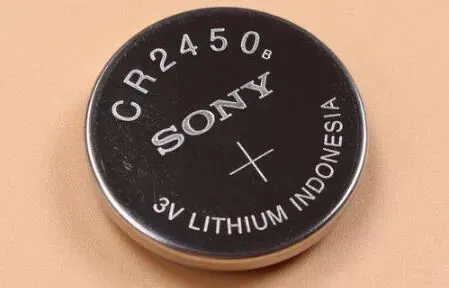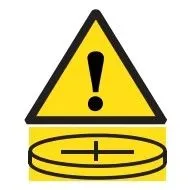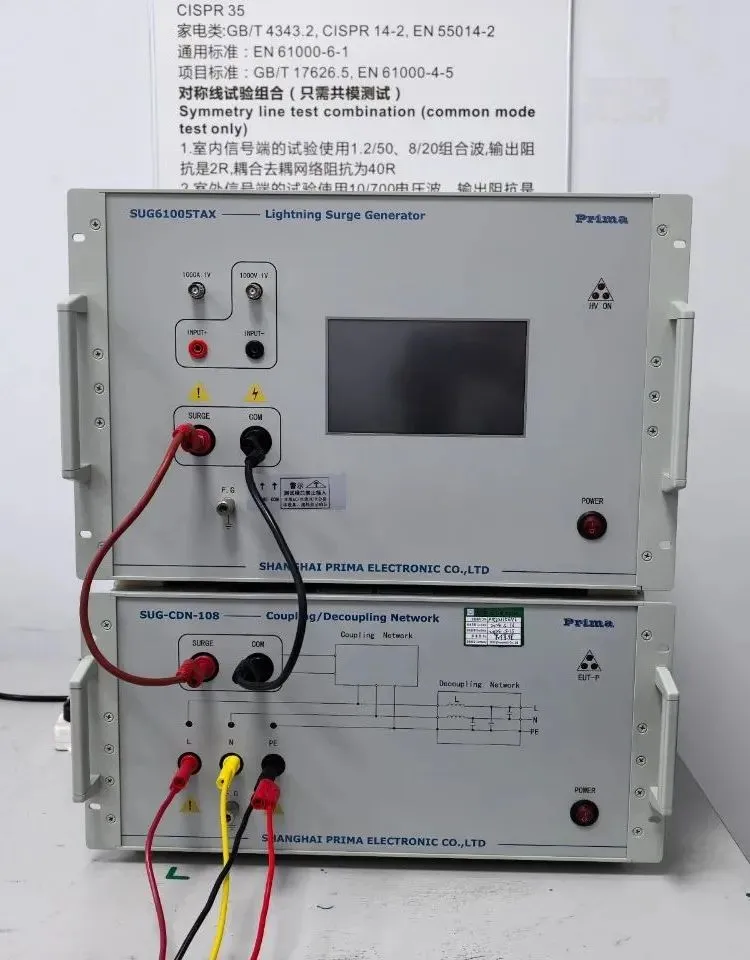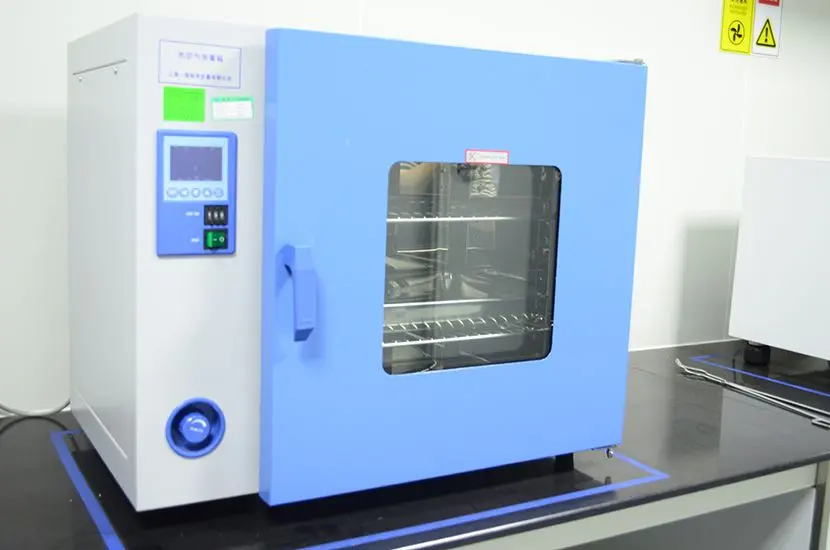
What is UL4200A Marking?
UL 4200A is a priority bill proposed by Senator Richard Blumenthal (D-CT) and Martha Blackburn (R-TN) that calls for safety standards for batteries in consumer products. The law is named in memory of 18-month-old Reese Hamsmith, who died in December 2020 after swallowing a button battery. The legislation was signed into law in August 2022, requiring the U.S. Consumer Product Safety Commission (CPSC) to establish mandatory requirements for battery-poweRED consumer products using button or coin batteries to prevent child access.

In September 2023, the CPSC issued a final rULe adopting UL 4200a:2023 as the mandatory safety standard for button batteries, incorporating it into 16 cfr part 1263, effective March 19, 2024. This regulation requires all products using button batteries sold on cross-border e-commerce platforms like Amazon and TEMU in the U.S. to pass the UL 4200A:2023 safety standard test and upload a ul report to avoid delisting.
Note: Any product containing a button battery must meet the relevant requirements of UL 4200A for export to the U.S. This rule does not apply to toys that meet the battery accessibility and labeling requirements of 16 CFR part 1250 (ASTM F963).
UL 4200A imposes systematic requirements on button battery products from various aspects, including structure, testing, warning labels (product body and packaging), and instructions.
Scope of ul4200a:
1. Household products that include or may use button or coin batteries.
2. Excludes children's toys that comply with 16 CFR part 1250.
3. Excludes products exclusively using zinc-air battery technology.
4. Applies to consumer products containing button or coin batteries.
Products intended for professional or commercial use in areas where children are not normally present are excluded from these requirements.
Consumer products containing button batteries include but are not limited to:
- Calculators
- Cameras
- Flameless candles
- Flashing apparel
- Shoes
- Holiday decorations
- Keychain flashlights
- Musical greeting cards
- Remote controls
- Clocks
Design and Structural Requirements:
Requirements for Batteries That Can Be Moved or Replaced by Users:
1. Use probe 11 from IEC 61032 to test; the battery must not be accessible.
2. The battery compartment must require tools (e.g., screws, coins) to open.
3. If opened by hand, at least two independent and simultaneous actions are needed to open the battery compartment cover or door, and these actions cannot be combined into one with a single finger.
4. If screws or similar fasteners secure the door or cover to the battery compartment, the fasteners must remain attached to the door, cover, or device.
Requirements for Batteries That Cannot Be Moved or Replaced by Users:
- The battery must be inaccessible via the enclosure or similar means.
- The battery must be completely fixed using welding, riveting, or similar methods.
Exemption Conditions for Fixing Screws:
1. If multiple housings or panels need to be removed using tools to access the battery, fixed screws are not required. The instructions must indicate whether the battery is consumer-replaceable.
2. For products disassembled only by professional service centers (where children are not present), fixed screws are not required. The instructions must indicate whether the battery is consumer-replaceable.
Different agencies have different views on screw exemption conditions:
- UL View: Structural requirements include multiple housings or panels, or replacing standard slotted or cross screws with hex screws; warning phrases must be added to the manual to meet the requirements.
- TUV View: Adding warning phrases to the manual is sufficient to meet the requirements. Multiple housings or panels or hex screw replacement is not needed.
Warning and Labeling Requirements (Packaging Warning Requirements):
1. The main display panel of the packaging must contain the warning label shown in Figure 7B.1 or Figure 7B.2 (the difference between Figure 7B.1 and Figure 7B.2 is only in the right-side icon). When using multi-color printed labels, the markings must use the colors shown in Figure 7B.1 or Figure 7B.2.

2. If the consumer product has no packaging, a hangtag or adhesive label with the warning label from Figure 7B.1 or Figure 7B.2 should be attached to the product.

3. If the main display panel of the consumer product packaging does not allow space for the warning label from Figure 7B.1 or Figure 7B.2, the warning from Figure 7B.3 must be prominently included on the main display panel. The icon must be at least 7mm wide and 9mm high. The remaining warning statements must be on an auxiliary display panel, as shown in Figure 7B.4. When using multi-color printed labels, the markings must use the colors shown in Figure 7B.3 and Figure 7B.4.


4. The main or auxiliary display panel of the consumer product packaging, or a hangtag or sticker label if no packaging, must include the following text:


- For products with non-replaceable batteries, a statement indicating the product contains non-replaceable batteries.
- Battery type (e.g., LR44, CR2032).
- Nominal voltage.
Warning Requirements in Instructions:
The instructions and manuals (if any) must include all applicable markings from Figure 7B.1 or Figure 7B.2, along with the following statements:
a) “Remove and immediately recycle or dispose of used batteries according to local regulations, keeping them away from children. Do not discard batteries in household trash or burn them.”
b) “Even used batteries may cause severe injury or death.”
c) “Contact your local poison control center for treatment information.”
d) A statement indicating compatible battery types (e.g., LR44, CR2032).
e) A statement indicating the nominal voltage of the battery.
f) “Non-rechargeable batteries should not be recharged.”
g) “Do not force discharge, recharge, disassemble, or heat above the manufacturer's rated temperature, or incinerate. Doing so may cause injury from venting, leakage, or explosion, leading to cheMICal burns.”
For products with replaceable button/coin batteries, also include:
a) “Ensure batteries are correctly installed according to polarity (+ and -).”
b) “Do not mix new and old batteries, different brands, or types of batteries such as alkaline, carbon-zinc, or rechargeable batteries.”
c) “Remove and immediately recycle or dispose of batteries from products that will not be used for extended periods according to local regulations.”
d) “Always secure the battery compartment completely. If the battery compartment does not close securely, stop using the product, remove the batteries, and keep them away from children.”
For products with non-replaceable button/coin batteries, include a statement indicating the product contains non-replaceable batteries.
Email:hello@jjrlab.com
Write your message here and send it to us
 What Are the Testing Items of California Propositi
What Are the Testing Items of California Propositi
 E-Cigarette EU TPD Testing
E-Cigarette EU TPD Testing
 Testing Certification for E-cigarettes Exported to
Testing Certification for E-cigarettes Exported to
 What is Amazon US CPC Certification?
What is Amazon US CPC Certification?
 UK Toy Safety Regulation Standard EN 71-13
UK Toy Safety Regulation Standard EN 71-13
 What is EU UFI Registration?
What is EU UFI Registration?
 EU UFI Registration for E-cigarette E-liquid
EU UFI Registration for E-cigarette E-liquid
 How to get the MSDS Report for Electronic Cigarett
How to get the MSDS Report for Electronic Cigarett
Leave us a message
24-hour online customer service at any time to respond, so that you worry!




